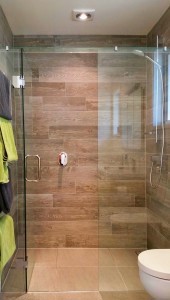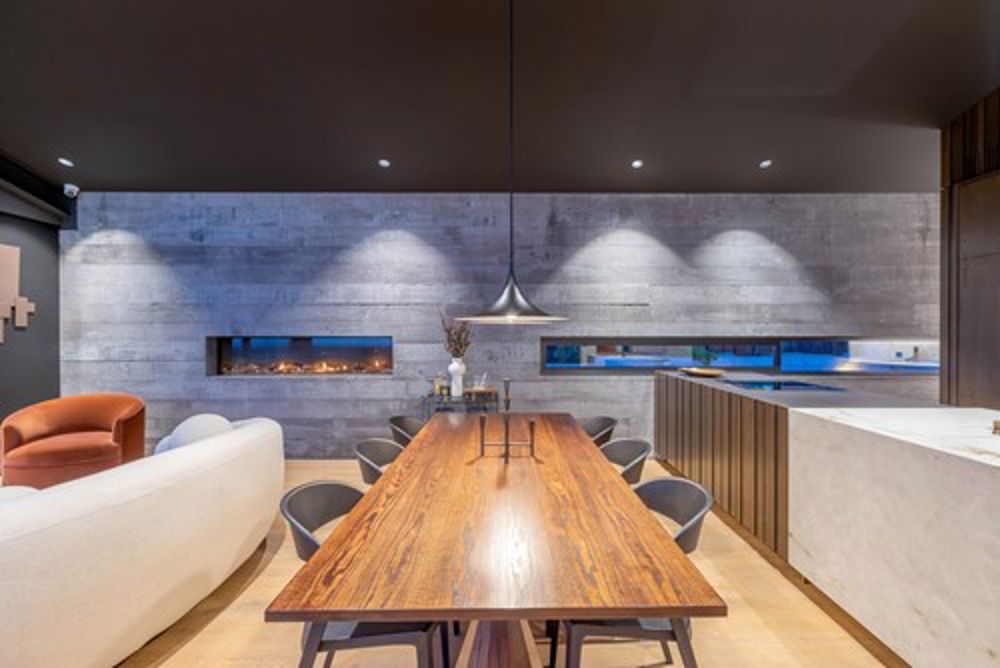-

An LED light and extractor fan is an attractive option for a modern, steam-free bathroom. Photo credit: Simx
Thanks to increased focus on homes new and old being well insulated and airtight, people are far more aware of the importance of insulation for warm, healthy homes.
Less talked about is the importance of ventilation, which is crucial for preventing excess moisture building up.
Ventilation is needed to remove unhealthy air such as moisture and carbon dioxide from inside homes. These pollutants arise from household activities such as cooking, cleaning and heating.
We talked to Kim Williams the business development manager from ventilation specialists Simx suppliers of Manrose and SmartVent systems, about how adequate ventilation is crucial for warm, dry, healthy homes.
What are the main causes of condensation?
“The New Zealand climate is often cold and wet, particularly in the winter, making it impractical to open doors and windows for ventilation. Showers, unflued gas heaters, cooking and even breathing creates moisture, leading to a damp interior.
Condensation is the visible symptom of stale, unhealthy air in homes. Most homes provide the perfect breeding ground for mould – which thrives in high humidity. Over two thirds of New Zealand homes have mould or mildew present – with Auckland judged as the worst!
Another consideration is the amount of moisture a new home can produce. Concrete slabs contain several thousand litres of water and can take an average of one month per 25mm of slab thickness to dry completely.”

The SmartVent Evolve includes multiple sensor technology to monitor both temperature and humidity to effectively control condensation Photo credit: Simx
What is a home ventilation system and how does it help?
“Home ventilation systems use fans to move air into the house, providing continuous ventilation regardless of the weather and without the need to open doors and windows. This helps to maintain air quality and remove moisture from everyday living activities. A well designed and installed home ventilation system offers the convenience of good ventilation by delivering required air replacement continuously and independently of weather conditions.”
How do we know this?
“Independent research undertaken by Massey University shows that home ventilation systems do in fact reduce fungal spores, moisture and carbon dioxide, making a home drier and healthier. Occupants tend to experience fewer headaches, sneezing and eye irritations, and over time fungal spore levels are greatly reduced. Dryer homes can be heated more effectively and are more durable – protecting the owner’s investment.”
What types of ventilation solutions are there?
“There are two types of ventilation systems, and the best solution will depend on the design of the house, its floor area, how much sun the house receives during the day, the type of roof and the local climate.”
Positive pressure ventilation systems – draw fresher, drier air into the home from either the roof cavity or outside. This air is then passed through a high efficiency filter and introduced into the home. This introduced air forces out the moist, stale air that causes condensation, mould and mildew.
Balanced pressure/heat exchanger ventilation systems – use the warm air the household has paid for, say to heat the lounge, passing it through an advanced heat recovery converter and warming the fresh, dry air from outside before moving it to rooms that need it most.
Is Ventilation crucial for a Healthy Home?

Filed under:
- Build Advice